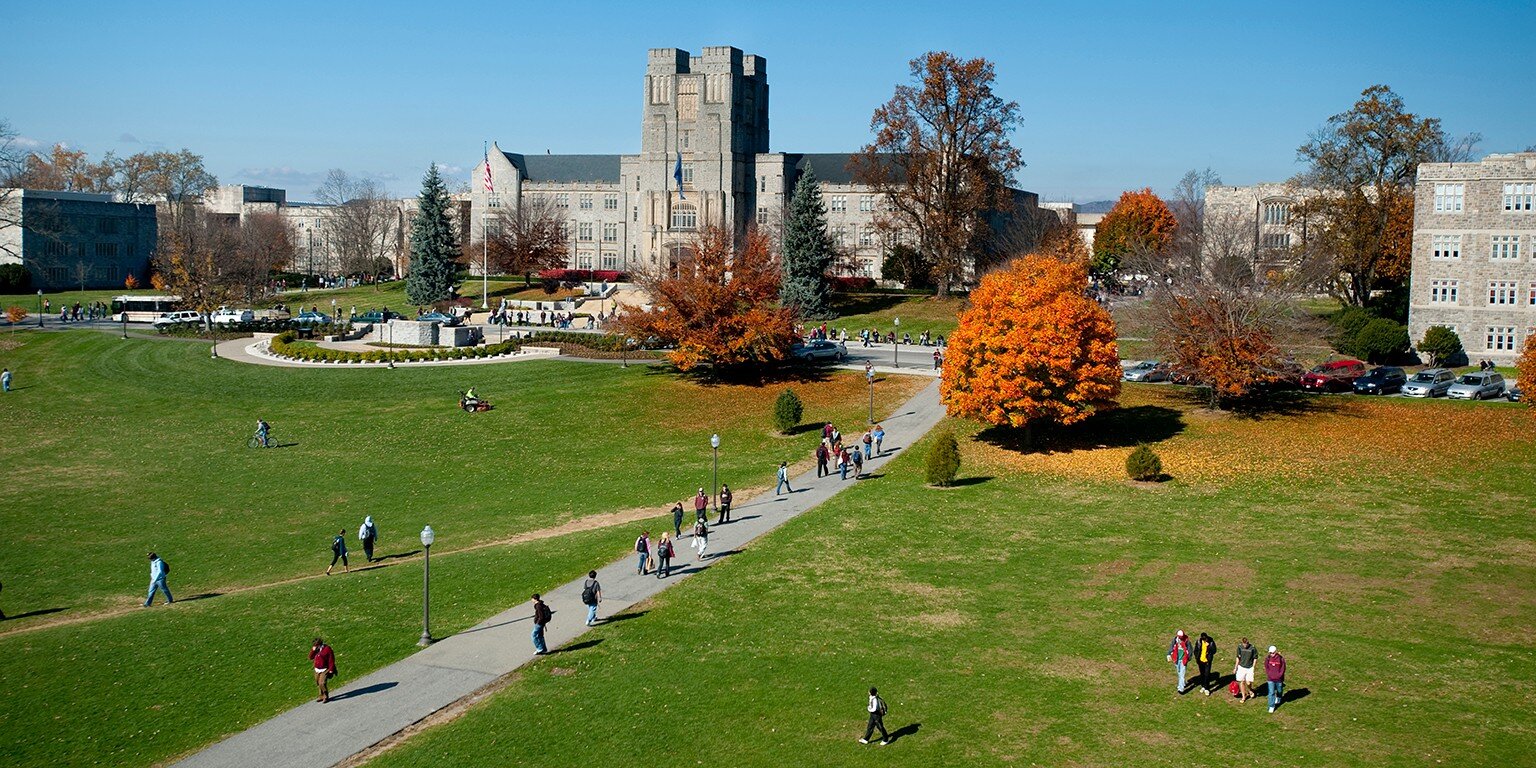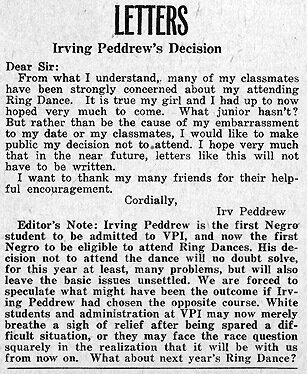
EXHIBIT
CREATING HOME
BLACK INCLUSION AND COMMUNITY BUILDING
BARRIERS OF ENTRY INTO WHITE CAMPUS
“The Human Relations Council decided we would do an in your face kind of thing, and so we were going to have an interracial date set up to occur at a time when you have lots of alumni here for those reunions and what have you...We had tickets for this concert, and we sat on the faculty/alumni side. We didn't sit in the student section. We wanted the old people to see us, very specifically.”




















